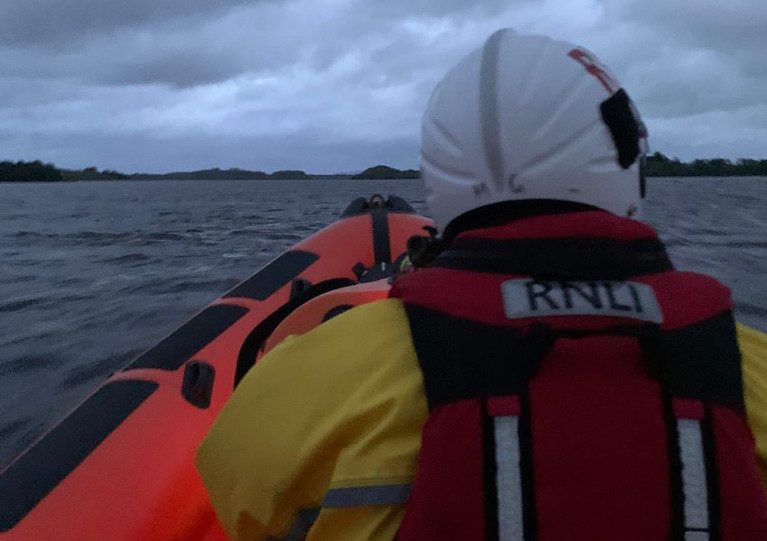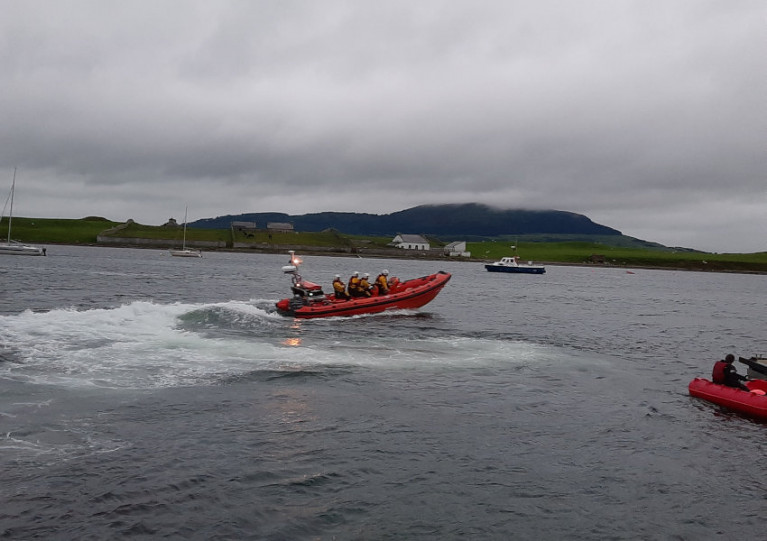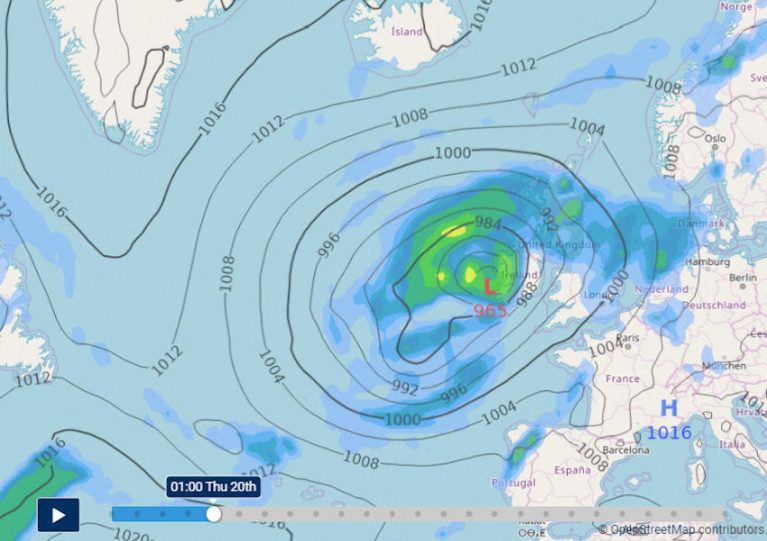Displaying items by tag: Storm Ellen
Six Rescued From Lough Erne Boats Jostled In Strong Winds As Fermanagh Braves Worst Of Storm Ellen
Six people were rescued from their boats on Lough Erne as Storm Ellen swept over Northern Ireland in the early hours of Thursday (20 August).
Enniskillen RNLI said the vessels, which were moored at the Devenish West jetty, were breaking their moorings in the strong winds.
All six passengers across the two brought to safety in Enniskillen aboard the inshore lifeboat.
Meanwhile, three other vessels breaking their moorings at Lough Erne Yacht Club were assisted by the lifeboat station’s shore crew.
Fermanagh braved the worst of Storm Ellen in Northern Ireland, while the Foyle Bridge in Derry had to be closed for a time amid gales and driving rain, as the News Letter reports.
Sligo Bay Lifeboat Launches To Lone Surfer Ahead Of Storm Ellen
Sligo Bay RNLI volunteers launched last night just hours before the arrival of Storm Ellen to reports of a lone surfer heading out to sea in the fading light.
The inshore lifeboat was joined by the Sligo-based Irish Coast Guard helicopter Rescue 118 as it headed to Strandhill just after 8.30pm yesterday evening, Wednesday 19 August.
Freshening south-easterly winds were blowing 14 knots ahead of the storm’s track north from the West Cork coast.
Once at the scene, the lifeboat crew located the surfer who was able to make their own way ashore.
Speaking following the callout, Aisling Gillen of Sligo Bay RNLI said: “Thankfully this was a happy ending. We would remind everyone of the importance of paying heed to safety warnings during periods of stormy weather and exercise extreme caution.
“Stay back, stay high and stay dry.”
Met Éireann has issued a Status Red marine warning as Storm Ellen approaches today, Wednesday 19 August.
Gale- to storm-force winds, southeast veering southwest, are forecast for this evening and tonight on all Irish coastal waters and on the Irish Sea.
Winds will even reach violent storm Force 11 for a time on the South and West Coasts from Carnsore Point to Valentia to Slyne Head.
From tonight to early Friday the weather may result in unsafe conditions and disruption especially over high ground, lakes and sea areas.
There is also a risk of flooding from storm surges as heavy rains meet spring tides at their highest.
Cork will bear the brunt of the storm, which will produce a core of very severe and destructive winds between 9pm and midnight tonight.

























